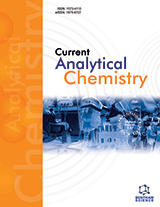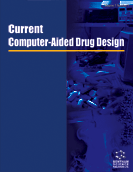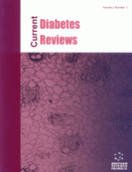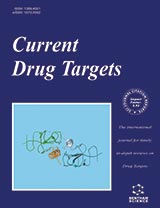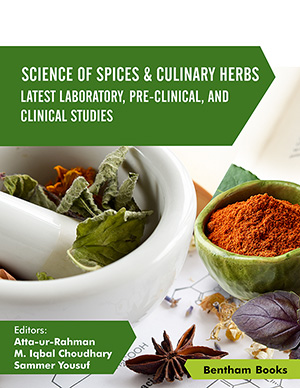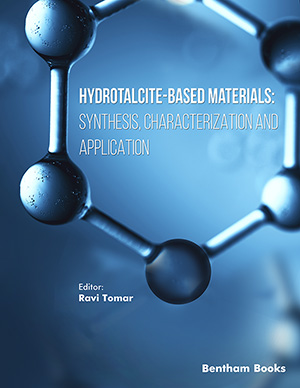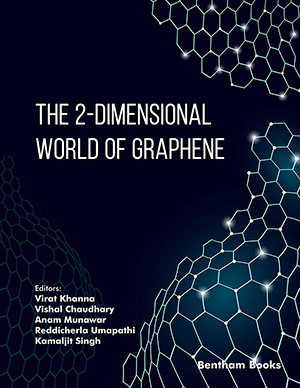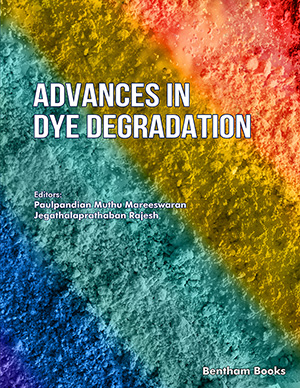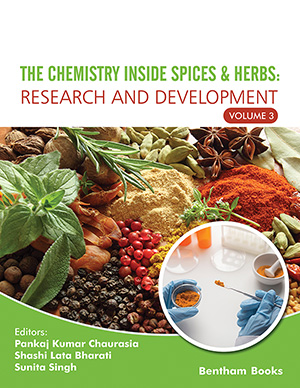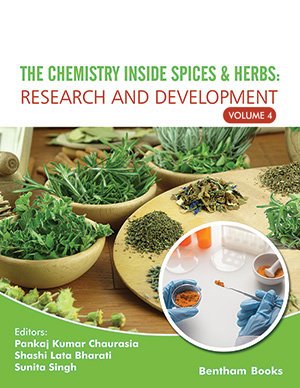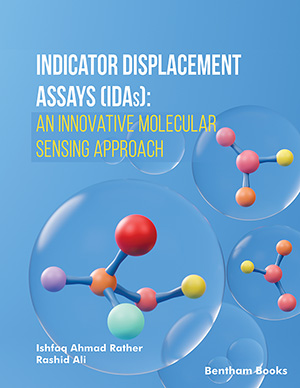
Abstract
High throughput screening (HTS) is an integral part of a highly collaborative approach to drug discovery at the University of Michigan. The HTS lab is one of four core centers that provide services to identify, produce, screen and follow-up on biomedical targets for faculty. Key features of this system are: protein cloning and purification, protein crystallography, small molecule and siRNA HTS, medicinal chemistry and pharmacokinetics. Therapeutic areas that have been targeted include anti-bacterial, metabolic, neurodegenerative, cardiovascular, anti-cancer and anti-viral. The centers work in a coordinated, interactive environment to affordably provide academic investigators with the technology, informatics and expertise necessary for successful drug discovery. This review provides an overview of these centers at the University of Michigan, along with case examples of successful collaborations with faculty.
Keywords: Drug discovery, high throughput screening, medicinal chemistry, pharmacokinetics, protein crystallography, structural biology.
Combinatorial Chemistry & High Throughput Screening
Title:The Role of HTS in Drug Discovery at the University of Michigan
Volume: 17 Issue: 3
Author(s): Martha J. Larsen, Scott D. Larsen, Andrew Fribley, Jolanta Grembecka, Kristoff Homan, Anna Mapp, Andrew Haak, Zaneta Nikolovska-Coleska, Jeanne A. Stuckey, Duxin Sun and David H. Sherman
Affiliation:
Keywords: Drug discovery, high throughput screening, medicinal chemistry, pharmacokinetics, protein crystallography, structural biology.
Abstract: High throughput screening (HTS) is an integral part of a highly collaborative approach to drug discovery at the University of Michigan. The HTS lab is one of four core centers that provide services to identify, produce, screen and follow-up on biomedical targets for faculty. Key features of this system are: protein cloning and purification, protein crystallography, small molecule and siRNA HTS, medicinal chemistry and pharmacokinetics. Therapeutic areas that have been targeted include anti-bacterial, metabolic, neurodegenerative, cardiovascular, anti-cancer and anti-viral. The centers work in a coordinated, interactive environment to affordably provide academic investigators with the technology, informatics and expertise necessary for successful drug discovery. This review provides an overview of these centers at the University of Michigan, along with case examples of successful collaborations with faculty.
Export Options
About this article
Cite this article as:
Larsen J. Martha, Larsen D. Scott, Fribley Andrew, Grembecka Jolanta, Homan Kristoff, Mapp Anna, Haak Andrew, Nikolovska-Coleska Zaneta, Stuckey A. Jeanne, Sun Duxin and Sherman H. David, The Role of HTS in Drug Discovery at the University of Michigan, Combinatorial Chemistry & High Throughput Screening 2014; 17 (3) . https://dx.doi.org/10.2174/1386207317666140109121546
| DOI https://dx.doi.org/10.2174/1386207317666140109121546 |
Print ISSN 1386-2073 |
| Publisher Name Bentham Science Publisher |
Online ISSN 1875-5402 |
Call for Papers in Thematic Issues
Artificial Intelligence Methods for Biomedical, Biochemical and Bioinformatics Problems
Recently, a large number of technologies based on artificial intelligence have been developed and applied to solve a diverse range of problems in the areas of biomedical, biochemical and bioinformatics problems. By utilizing powerful computing resources and massive amounts of data, methods based on artificial intelligence can significantly improve the ...read more
Exploring Spectral Graph Theory in Combinatorial Chemistry
Combinatorial chemistry involves the synthesis and analysis of a large number of diverse compounds simultaneously. Traditional methods rely on brute-force experimentation, which can be time-consuming and resource-intensive. Spectral graph theory, a branch of mathematics dealing with the properties of graphs in relation to the eigenvalues and eigenvectors of matrices associated ...read more
 68
68
- Author Guidelines
- Graphical Abstracts
- Fabricating and Stating False Information
- Research Misconduct
- Post Publication Discussions and Corrections
- Publishing Ethics and Rectitude
- Increase Visibility of Your Article
- Archiving Policies
- Peer Review Workflow
- Order Your Article Before Print
- Promote Your Article
- Manuscript Transfer Facility
- Editorial Policies
- Allegations from Whistleblowers
Related Articles
-
Molecular Mechanisms of Anti-cancer Action of Garlic Compounds in Neuroblastoma
Anti-Cancer Agents in Medicinal Chemistry A Review of Therapeutic Effects of Curcumin
Current Pharmaceutical Design Theranostic Platforms Proposed for Cancerous Stem Cells: A Review
Current Stem Cell Research & Therapy Prognostic Role of Hedgehog-GLI1 Signaling Pathway in Aggressive and Metastatic Breast Cancers
Current Drug Metabolism Factors Modulating Fibrates Response: Therapeutic Implications and Alternative Strategies
Endocrine, Metabolic & Immune Disorders - Drug Targets The Emergence of Non-coding RNAs as Versatile and Efficient Therapeutic Tools
Current Gene Therapy Molecular and Genetic Profiling of Prostate Cancer: Implications for Future Therapy
Current Cancer Therapy Reviews The Urokinase Receptor and its Structural Homologue C4.4A in Human Cancer: Expression, Prognosis and Pharmacological Inhibition
Current Medicinal Chemistry Application of NMR Metabolomics to Search for Human Disease Biomarkers
Combinatorial Chemistry & High Throughput Screening Identification and Analysis of RNA Editing Events in Ovarian Serous Cystadenoma Using RNA-seq Data
Current Gene Therapy Expression Microarray Proteomics and the Search for Cancer Biomarkers
Current Genomics Cancer and Treatment Modalities
Current Cancer Therapy Reviews Anti-IL-13 in Inflammatory Bowel Disease: From the Bench to the Bedside
Current Drug Targets Understanding the Role and Mechanism of Carbonic Anhydrase V in Obesity and its Therapeutic Implications
Current Protein & Peptide Science BK Channel Modulators: A Comprehensive Overview
Current Medicinal Chemistry The Role of Endocannabinoids in Pain Modulation and the Therapeutic Potential of Inhibiting their Enzymatic Degradation
Current Pharmaceutical Biotechnology Non-steroidal Anti-Inflammatory Drugs and Melanoma
Current Pharmaceutical Design Lipid Metabolism and Mitochondria: Cross Talk in Cancer
Current Drug Targets Unequivocal Role of Pyrazine Ring in Medicinally Important Compounds: A Review
Mini-Reviews in Medicinal Chemistry Synthesis and Bioactivity of (R)-Ricinoleic Acid Derivatives: A Review
Current Medicinal Chemistry









